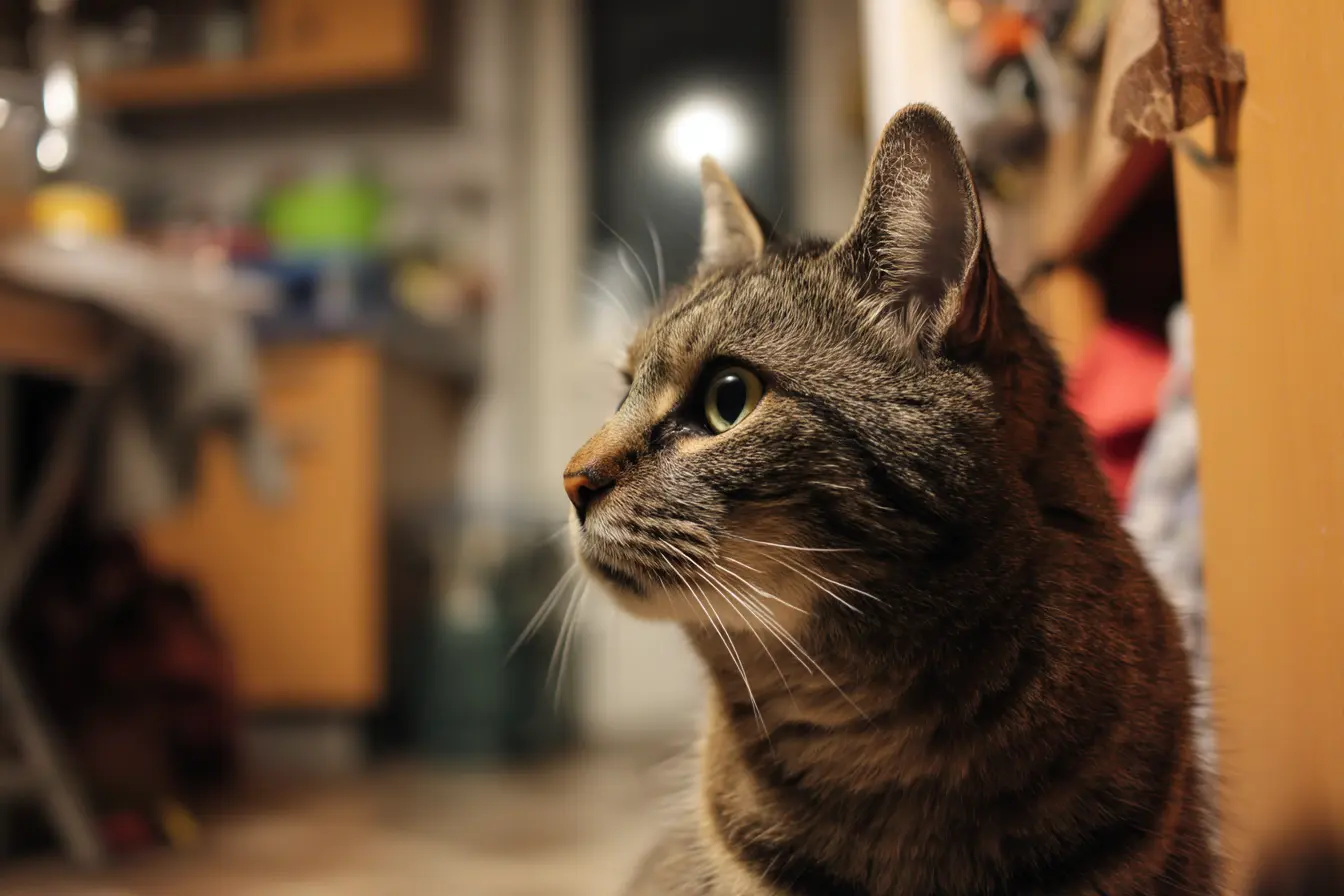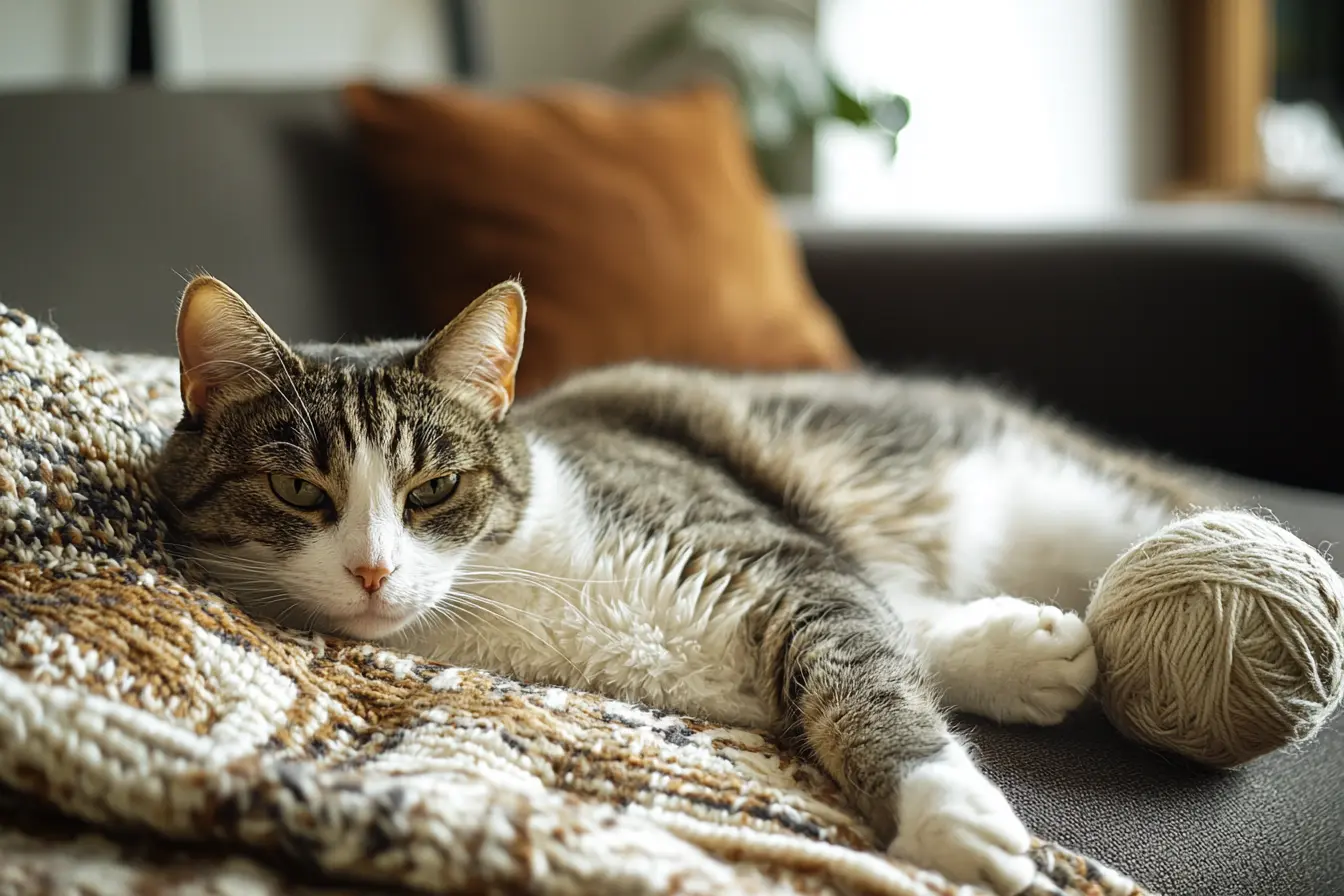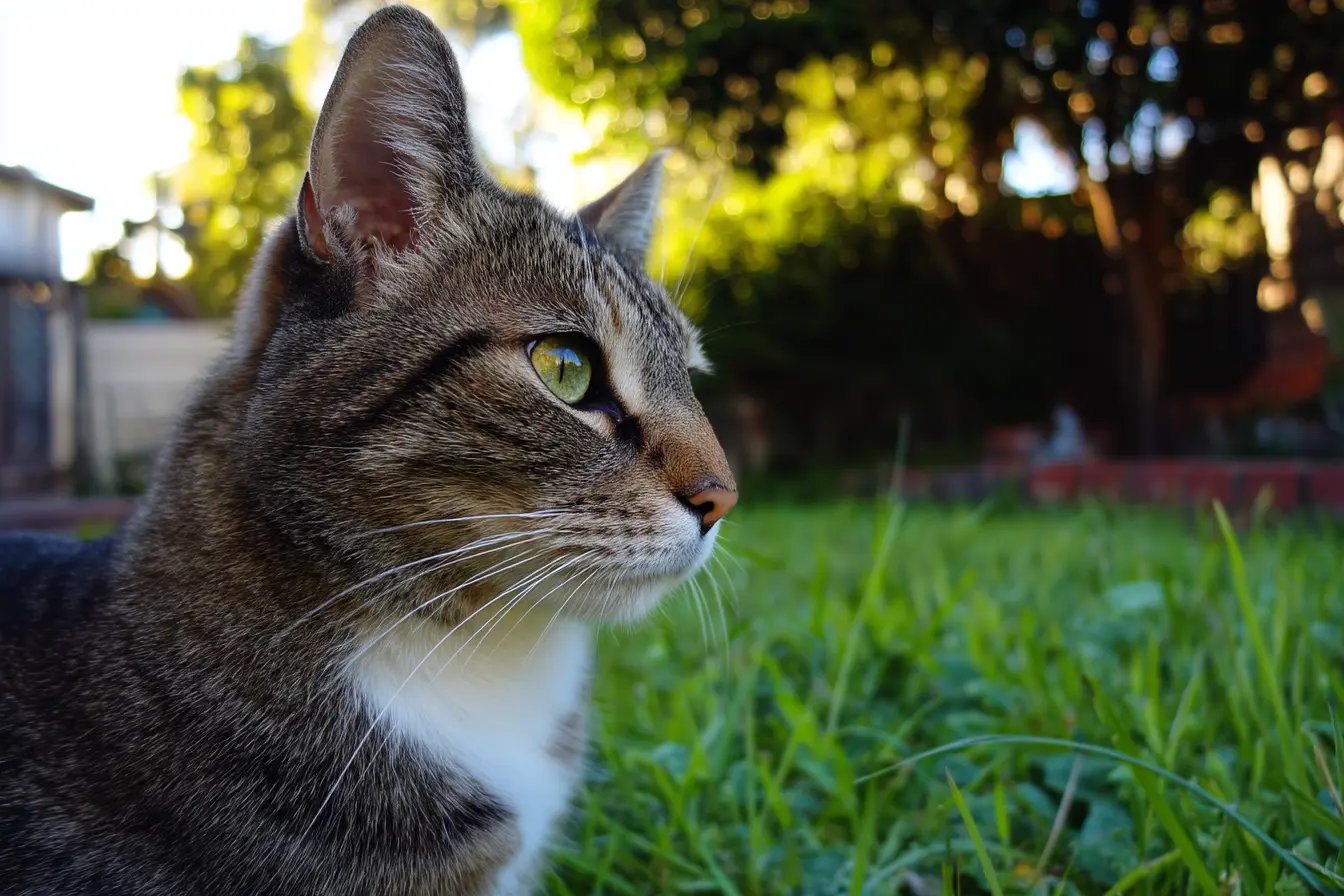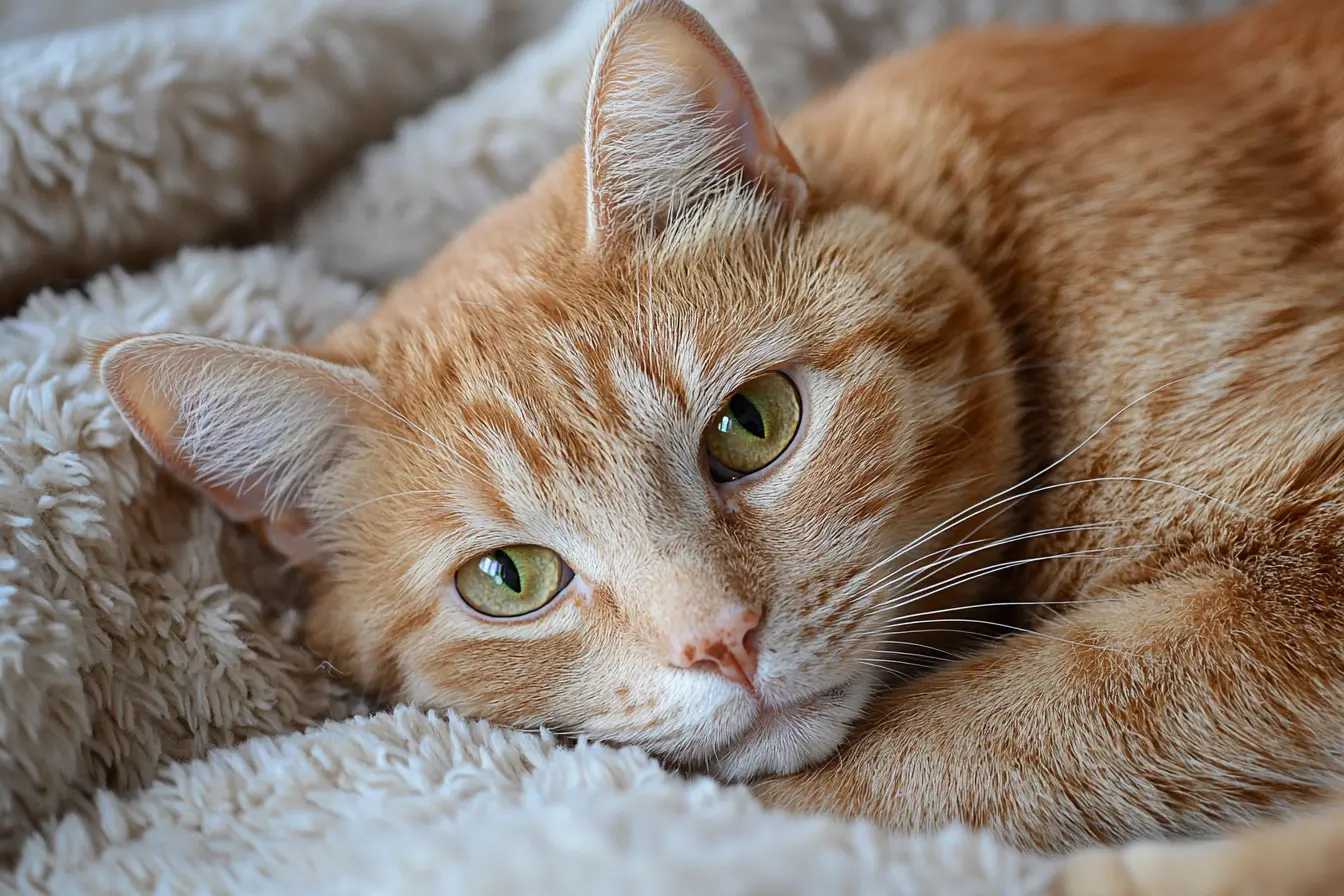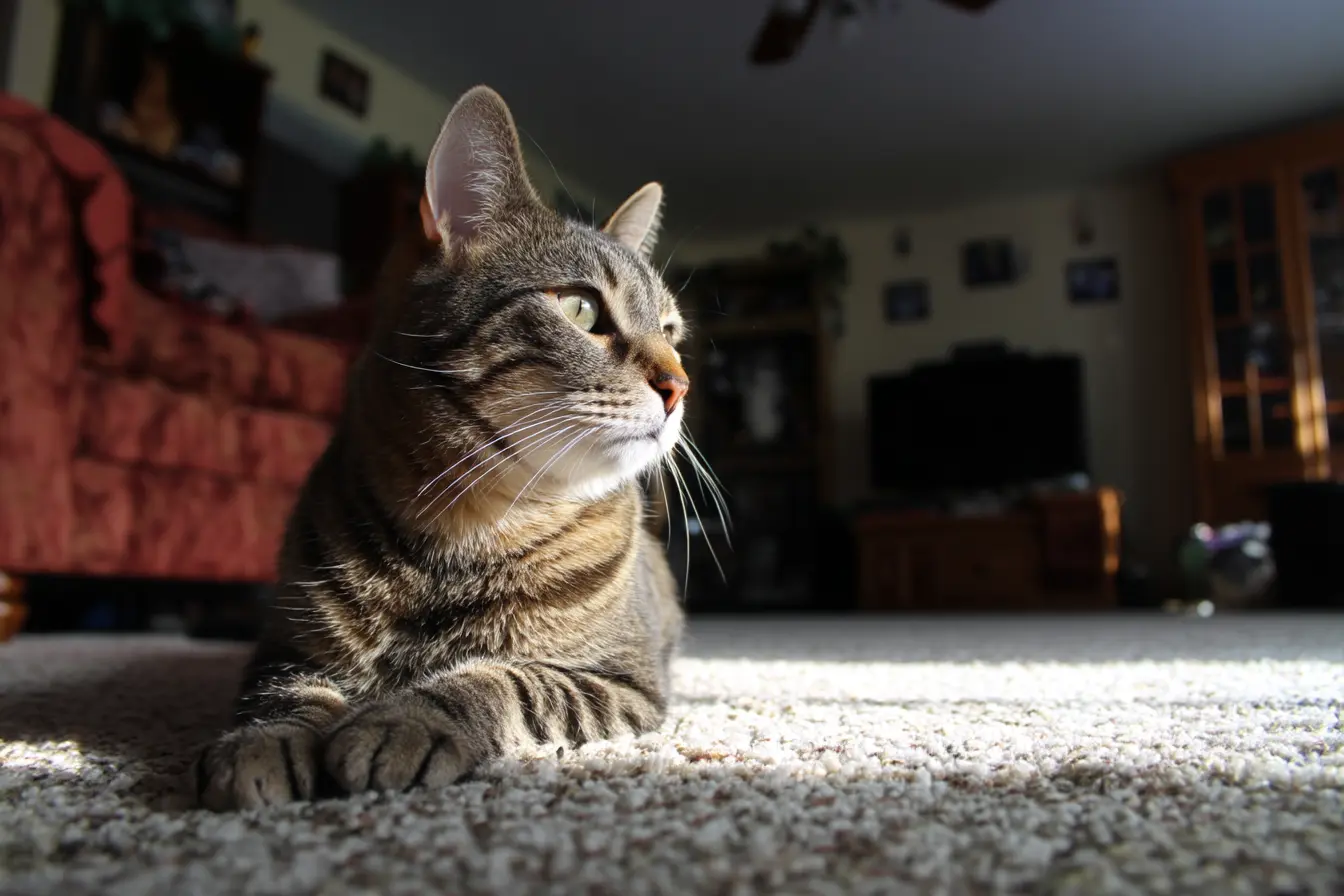
Spaying and Neutering Pet Cats
Spaying and neutering pet cats is an essential part of responsible pet ownership. These procedures not only prevent unwanted litters but also offer significant health and behavioural benefits for cats. Whether you are a new cat owner or considering the procedure for your pet, understanding the process, benefits, and post-surgical care is crucial.
This guide covers everything you need to know about spaying and neutering, including when to have it done, the procedure itself, recovery, and common concerns.
What is spaying and neutering?
Spaying and neutering are surgical procedures that prevent cats from reproducing.
- Spaying, also called an ovariohysterectomy, is the removal of a female cat’s ovaries and uterus.
- Neutering, also called castration, is the removal of a male cat’s testicles.
Both procedures are performed under general anaesthesia by a veterinarian.
Why is spaying and neutering important?
Spaying and neutering provide multiple health, behavioural, and welfare benefits for cats and their owners.
Health benefits
- Prevents uterine infections, also known as pyometra, which can be life-threatening.
- Eliminates the risk of ovarian and uterine cancers.
- Reduces the risk of mammary tumours, which are often malignant in cats.
- Prevents testicular cancer in males.
- Lowers the risk of prostate problems in male cats.
Behavioural benefits
- Reduces yowling, restlessness, and excessive affection in females when in heat.
- Decreases spraying and urine marking in males.
- Reduces aggressive behaviour and fighting between male cats.
- Lowers the urge to roam, which decreases the risk of accidents or getting lost.
Population control
- Prevents unwanted litters and reduces the number of stray and abandoned cats.
- Helps control overpopulation, which puts pressure on animal shelters and rescues.
When should cats be spayed or neutered?
The ideal age for spaying or neutering varies depending on the cat’s health, breed, and lifestyle.
- The recommended age for spaying and neutering is between four and six months, before cats reach sexual maturity.
- Kittens can be neutered as early as eight to twelve weeks old, particularly in rescue centres and shelters.
- Adult cats can be spayed or neutered at any age, though older cats may require additional pre-surgical tests.
Delaying the procedure increases the risk of unwanted pregnancies and behavioural issues.
The spaying and neutering procedure
Both procedures are routine and relatively quick, with most cats recovering within a few days.
Before surgery
- The vet will perform a health check to ensure the cat is fit for surgery.
- Cats should not eat for six to eight hours before surgery, but water is usually allowed.
- The owner will be given instructions on pre-surgical care and when to bring the cat to the clinic.
During surgery
- The cat is placed under general anaesthesia.
- For spaying, the vet makes a small incision in the abdomen to remove the ovaries and uterus.
- For neutering, the vet removes the testicles through a small incision in the scrotum.
- Stitches may be used, which can be dissolvable or require removal later.
After surgery
- The cat is monitored as they wake from anaesthesia.
- Most cats go home the same day with pain relief medication.
- Owners receive aftercare instructions, including how to monitor the surgical site.
Post-surgery care and recovery
Proper aftercare is essential for a smooth recovery.
Monitoring and rest
- Keep the cat in a quiet, comfortable space to recover.
- Limit physical activity for at least ten days to prevent strain on stitches.
- Use a cone or surgical suit if the cat tries to lick or bite the wound.
Feeding and hydration
- Offer small, easily digestible meals after surgery.
- Ensure the cat stays hydrated by providing fresh water.
- Appetite may be slightly reduced on the first day, but it should return quickly.
Checking the surgical site
- Look for redness, swelling, or discharge, which may indicate infection.
- Ensure stitches remain intact and the wound is healing properly.
- Contact a vet if there is excessive bleeding or the wound reopens.
Pain management
- Cats may be given pain relief medication by the vet.
- Human painkillers should never be given, as they are toxic to cats.
Litter tray use
- Use shredded paper or dust-free litter to prevent irritation to the wound.
- Monitor for any signs of difficulty urinating, which should be reported to a vet.
Potential complications
Most cats recover without issues, but complications can occasionally occur.
Common concerns
- Mild lethargy and grogginess from anaesthesia, which should improve within a day.
- Loss of appetite for the first twenty-four hours.
- Slight swelling around the incision site, which should subside.
When to contact a vet
- If the cat is not eating or drinking after twenty-four hours.
- If the surgical site is red, swollen, or has a discharge.
- If the cat has difficulty urinating or shows signs of pain.
- If the cat is excessively lethargic or unresponsive.
Myths and misconceptions about spaying and neutering
Neutered cats become overweight
Cats may have slightly lower energy levels after being neutered, but weight gain is due to overfeeding and lack of exercise. A balanced diet and regular play prevent obesity.
Female cats should have a litter before being spayed
There is no medical benefit to allowing a female cat to have a litter. In fact, spaying before the first heat cycle reduces the risk of mammary cancer.
Neutering changes a cat’s personality
Neutering reduces unwanted behaviours like spraying and aggression but does not alter a cat’s overall personality. Cats remain playful, affectionate, and active.
Indoor cats do not need to be neutered
Even indoor cats may escape or show frustrating behaviours when in heat. Neutering prevents these issues and provides health benefits.
Cost of spaying and neutering in the UK
The cost of spaying and neutering varies depending on location and veterinary practice.
- Spaying a female cat typically costs between £50 and £100.
- Neutering a male cat usually costs between £40 and £80.
- Some charities, such as Cats Protection and the RSPCA, offer low-cost or free neutering schemes for eligible owners.
The importance of spaying and neutering in stray and feral cats
Uncontrolled breeding among stray and feral cats leads to overpopulation, suffering, and disease. Trap-Neuter-Return (TNR) programmes help manage feral cat populations by:
- Preventing new litters from being born
- Reducing fighting and disease transmission
- Improving the health and welfare of existing feral cats
If there are unneutered stray cats in your area, contacting a local TNR organisation can help.
Conclusion
Spaying and neutering pet cats is one of the most important steps an owner can take to ensure their cat’s health and well-being. These procedures prevent unwanted pregnancies, reduce health risks, and improve behaviour.
With a quick recovery time and long-term benefits, neutering is a responsible choice for both individual cats and the wider feline population. If you have concerns or questions about the procedure, consulting a vet can provide reassurance and guidance.
Contents
- What is spaying and neutering?
- Why is spaying and neutering important?
- When should cats be spayed or neutered?
- The spaying and neutering procedure
- Post-surgery care and recovery
- Potential complications
- Myths and misconceptions about spaying and neutering
- Cost of spaying and neutering in the UK
- The importance of spaying and neutering in stray and feral cats
- Conclusion
Tags
Related Vets
Vets near you
Speciality vets
- Aquatics vet specialists
- Birds vet specialists
- Camelids vet specialists
- Cats vet specialists
- Cattle vet specialists
- Deer vet specialists
- Dogs vet specialists
- Equines vet specialists
- Exotic vet specialists
- Goats vet specialists
- Pigs vet specialists
- Poultry vet specialists
- Sheep vet specialists
- Small Mammals vet specialists
- Wild vet specialists
